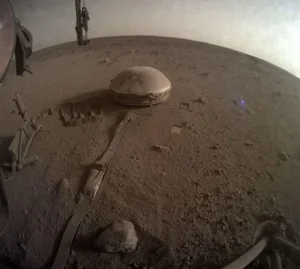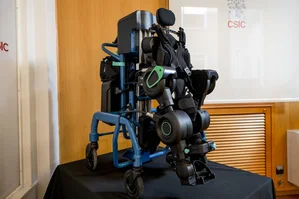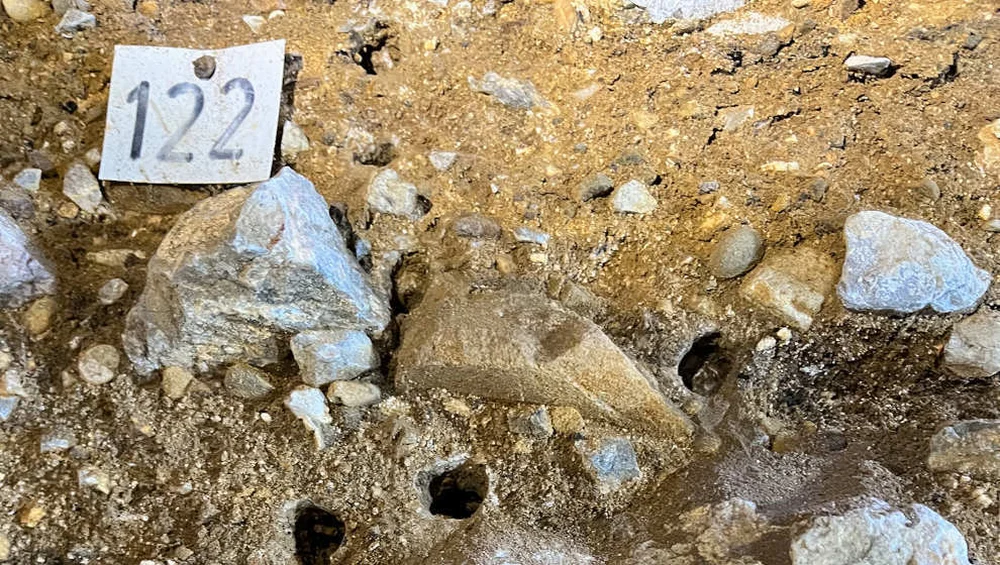Groundbreaking DNA Research Unveils Secrets of El Mirón Cave in Northern Spain
In a significant breakthrough in archaeological and genetic research, a recent study has uncovered a wealth of new information about the human and animal populations that inhabited El Mirón Cave in northern Spain, a site that has been a treasure trove of prehistoric discoveries.
The Discovery of the Red Lady
Approximately 19,000 years ago, a woman from a group of hunter-gatherers passed away and was buried in El Mirón Cave, located in the Cantabrian region of Spain. Her remains, discovered in 2010 by archaeologists Lawrence Straus from the University of New Mexico and David Cuenca Solana, were found behind an engraved block at the back of the cave's vast vestibule. The woman, estimated to be between 35 and 40 years old at the time of her death, was nicknamed the "Red Lady of El Mirón" due to her bones being coated with red ochre, a pigment composed of iron oxide with flashes of specular hematite.
Revolutionary sedaDNA Research
The latest research, published in Nature Communications, employs a revolutionary technique known as sedimentary ancient DNA (sedaDNA) analysis. This method, led by Pere Gelabert and Victoria Oberreiter from Professor Ron Pinhasi’s lab at the University of Vienna, involves extracting DNA from the sediments of the cave rather than relying on bones or teeth. This approach was inspired by the previous successes of Nobel laureate Svante Pääbo in extracting DNA from the Red Lady and Professor Christina Warinner’s work on bacterial DNA from the Red Lady’s dental calculus.
Uncovering Ancient Populations
The sedaDNA analysis has revealed a continuous genetic lineage spanning over 46,000 years, from the Mousterian era of the Neanderthals to the Initial Magdalenian period. The study identified genetic material from humans and animals that were not previously represented by the bones found in the cave. This includes carnivores such as the Asiatic dhole (a wild dog now confined to eastern and southeastern Asia), leopards, and hyenas, as well as ungulates like woolly mammoths, woolly rhinoceroses, and reindeer.
Human Genetic Ancestry
The research also shed light on the human populations that preceded the Red Lady. The artisans who crafted Solutrean artifacts during the Last Glacial Maximum (approximately 25,000 to 21,000 years ago) were found to possess a genetic lineage known as "Fournol," which had previously been identified in remains from sites in France and Spain. These groups had migrated south during the climatic crisis of the time and later contributed to the genetic makeup of the Red Lady, along with ancestors from the Balkans via northern Italy, known as the "Villabruna" ancestry.
Ongoing Research and Significance
The excavation and research at El Mirón Cave, co-directed by Straus, Manuel González Morales of the Universidad de Cantabria, and since 2023 by Cuenca Solana and Igor Gutiérrez Zugasti, continue to yield significant insights into prehistoric human and animal populations. The ability to extract DNA from sediments is a major methodological breakthrough, especially given the rarity of well-preserved skeletal remains. This new technique promises to reveal even more details about the region’s inhabitants during the Pleistocene era, with the next major step being the publication of results on the successful recovery of nuclear DNA from the cave sediments.
For expats in Spain, this discovery highlights the rich and complex history of the region, offering a unique window into the lives of ancient humans and animals that once inhabited this part of Europe. The ongoing research at El Mirón Cave is a testament to the enduring importance of this site in understanding our shared human heritage.
About MovetoSpain.es
MovetoSpain.es is an independent data website that helps people move to, live in, and integrate into Spain. We use AI to gather data from around the web to provide you with the most up-to-date information.
Sources for this story:
Related Stories

The Impact of Time of Day on Exercise Efficiency and Gender Responses
April 16, 2025

NASA Discovers Compelling Evidence of Water and Potential Life on Mars
March 11, 2025

Revolutionary Spanish Exoskeleton Restores Mobility in Paralyzed Children
February 19, 2025

Breakthrough in Brain Network Identification Opens New Avenues for Neurological Treatments
February 9, 2025

María Blasco and Juan Arroyo Removed from CNIO: A New Era for the National Oncological Research Center
January 30, 2025
EuroMillions Results in Spain for Tuesday 11th
Tuesday, November 11th, 2025
Subscribe to Our Newsletter
Stay updated with the latest news and stories from Spain.
